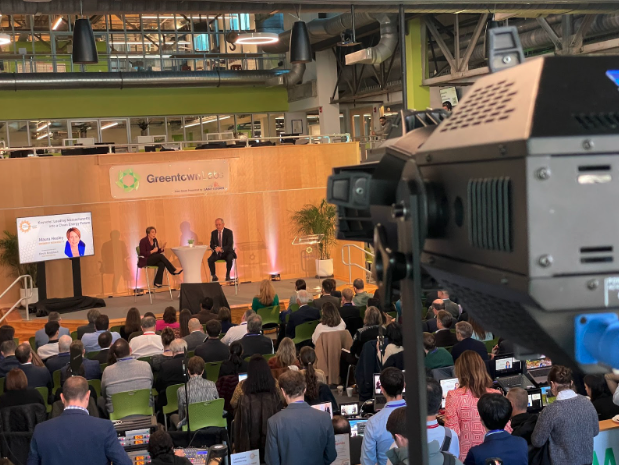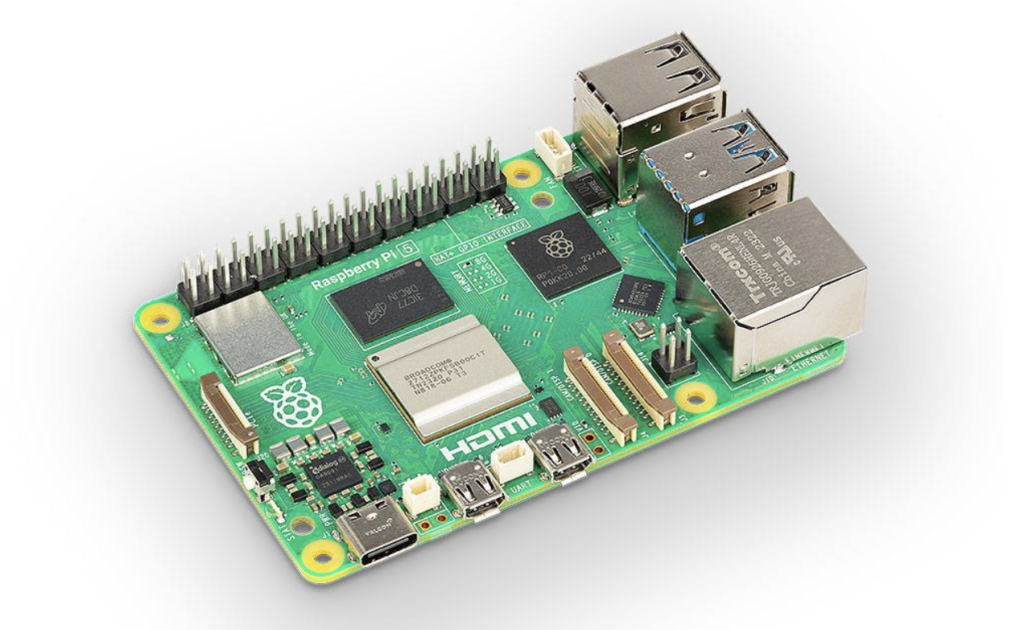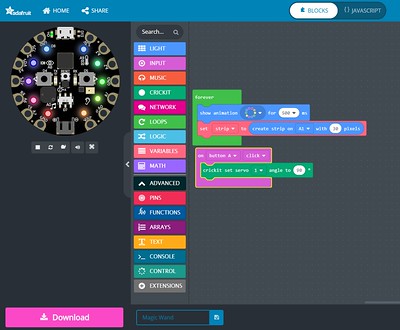
Despite having a full shop filled with the latest tools, I am not above using soup cans to build a prototype. Prototyping is a technique to solve problems and learn about a product. It need not be a complicated process that takes special tools and skilled technicians to do well.
The following are some prototyping tools and techniques that even those who have never set foot inside a prototyping shop can use in order to help develop their ideas and answer key questions about their product.
Always Ask Before Prototyping: What is the question?
Prototypes should be built to answer a question about the product being developed, and it is the nature of the question that should drive the choice of how to prototype.
In some cases, the question can be very technical. You may need to know how a full assembly works together, which requires the build of complex geometry in CAD software and 3D-printed parts.
However, most questions we have about a product in development are simple, such as how large should it be, what shape should it be, or how does it fit in your hand? For these types of issues, there are many prototyping techniques that can be used to help you answer your questions. The key is to make sure you are prototyping purposefully.
Using LEGOs for Prototyping
One of the first builder toys that GenX and younger people were exposed to were LEGOs. They are easy to build with and are cheap, ubiquitous, and excellent for quick prototyping. The square bricks limit the fidelity of the surface that can be formed, but this frees up our brains to focus on the macro, core questions, instead of obsessing with micro details.
LEGOs can be used to build rough prototypes to evaluate size, form factor or general layout of a product. You can build multiple iterations of your concept within minutes and think through how users could interact with what you build. With the multitude of motion elements, hinges, and special bricks, you may even be able to make rough models of the moving parts of a prototype as well.
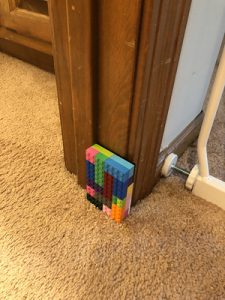
This LEGO prototype was built by Chris Stubbs, inventor of the Luminook closet lighting system, as a way to evaluate the size for the device before building more advanced prototypes.
Using PVC for Prototyping
PVC tubes are great for quick prototyping with no building skill required. Long lengths of tube are just a few dollars and fittings are usually less than that, so it is inexpensive to have a good inventory for which to play. The tubes can be cut with PVC scissors or with a hand saw, so you can build up a structure or fluid circuit in minutes.
The obvious use for PVC is for fluid-based products, but it is just as useful to use for prototyping physical prototypes. The tubing can be used as a handgrip or assembled together with fittings to make larger structures. Since it is so modular, it is easy to build and test multiple iterations in just minutes.
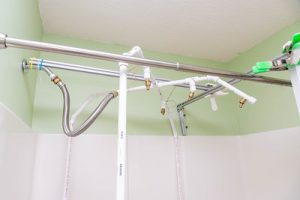
This showerhead prototype was made primarily from PVC tubing. It was easy to fabricate and inexpensive.
Prototyping With Found Items
Sometimes the purpose of a prototype is to test out a user flow. This can be an onboarding process, a logistics map or installation procedure. While these can all be flow charted out or done digitally, manipulating physical objects to simulate the process helps our brains interpret the data differently and often yields interesting results.
Think of the old war room tables where generals move their fighting units around the battlefield to work out their strategy. For this type of prototyping, the parts need not be complicated. Game board pieces, soup cans, a deck of cards, anything fast and available that can be manipulated to simulate the process is key.
Found items can also help us build functional prototypes. Old toys have lots of great parts that can be harvested and repurposed, like motors and gear trains. Products with grips or handles can be scavenged to create your own ergonomic interfaces. Duct taping found items can be a valuable way to explore the physicality of a product.

This can of soup was used to prototype the sensor layout of a device being developed at the Enventys Partners shop.
Prototyping With Electronics
More so than physical prototypes, building electronic prototypes can really spike our anxiety. Electricity is hard to visualize and can be very intimidating to work with. However, there are some microcontrollers that can be used with block coding to build proof-of-concept electronic prototypes. Block coding is a graphical programming interface where you drag and drop elements to build working code without the need for typing anything or having to know any special syntax.
My favorite block coding program is called Make Code. It is a free website from Microsoft that can be used with developer boards like the Microbit, Adafruit Circuit Playground Express, or LEGO Mindstorms.
The site will simulate the code for you before you upload your program to your board, and there are lots of tutorials to teach you the basics. Make Code is particularly powerful with the Circuit Playground Express as it has addressable LEDs, sensors and actuators that can be programmed with no circuit design or soldering required.
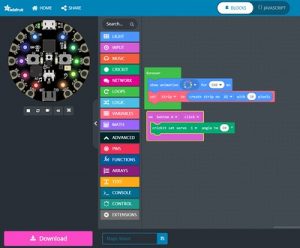
The MakeCode interface makes it easy to create custom code for the Circuit Playground Express to make use of buttons, temp sensors, speakers and other peripherals resident on the board.
So as you can see, when it comes to potential tools used for prototyping at a beginner level, there is a range of options. Give these options a try the next time you’re trying to develop your product in its early stages. However, if you’ve hit a roadblock or are looking for detailed expertise when it comes to developing your product, don’t hesitate to reach out to our team for any prototyping, industrial design, engineering or manufacturing needs. As the leader in product launch services, we’re able to take your idea from a napkin sketch to the next big thing with our product development service options.
Work With Us
Want to learn more about how we’d prepare your product for launch? Request a quote today.
Want To See This Advice In Action?
Check out our case studies and learn more about how we’ve achieved stellar results for our clients.


